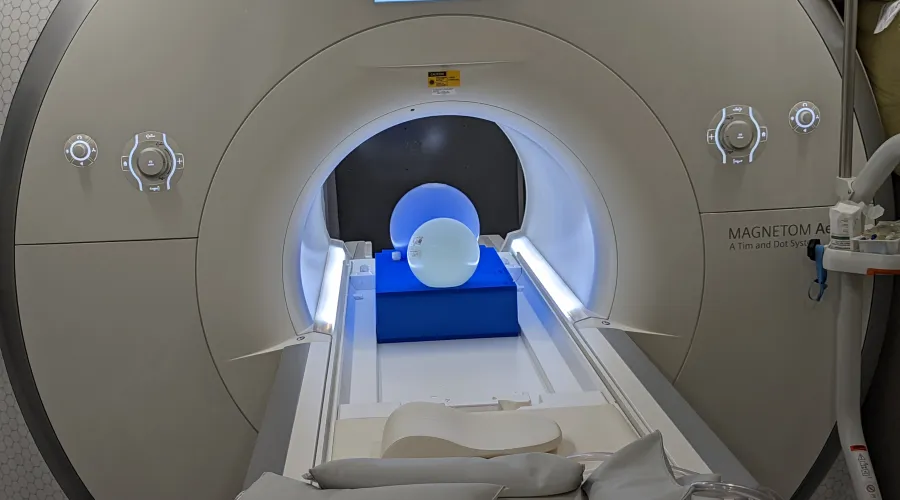
Medical Physics
Medical Physics Graduate Students
This two-semester course is designed for medical physics graduate students (CAMPEP accredited program). The didactic lecture series will focus on understanding the essential physical principles of diagnostic radiology, mammography, fluoroscopy, CT, ultrasound, MRI, nuclear medicine, radiation safety, and radiation biology. The goal is to teach the most important concepts of the physics of diagnostic radiology, nuclear medicine and radiation biology, which, together with examinations and discussion sessions, will help graduate students prepare for a future career in the area of medical physics.
For additional information on the Master of Science in Radiological Medical Physics, click here.
Curriculum for Hands-On Physics Education of Residents in Diagnostic Radiology
The curriculum for hands-on physics education includes a series of laboratory operations illustrating and elucidating the fundamentals of imaging physics, instrumentation, and radiation safety, while highlighting their applicability to the daily practice of clinical radiology. The current curriculum includes 35 laboratory operations, covering x-ray tube function, x-ray projection imaging, fluoroscopy, computed tomography, ultrasound, magnetic resonance imaging, and gamma camera/SPECT/PET (single photon emission computed tomography/positron emission tomography). Each laboratory operation includes a specific objective, description of procedures, results, discussion points, and review questions. Some laboratory operations are further divided into sub-operations, for example, the laboratory operation “effect of kV and mAs on image quality and radiation exposure” includes two sub-applications of “effect of kV” and “effect of mAs”.
This curriculum makes “real” the theoretical concepts gleaned from the existing RSNA/AAPM physics modules. Education of those in the field is an on-going, continually evolving process as we keep abreast of the current procedures and practices in diagnostic medical physics.
The target audience comprises principally diagnostic radiology residents, but the curriculum can be extended to fellows in cardiology, and residents in other disciplines such as surgery and endoscopy whose practice requires understanding of imaging physics.